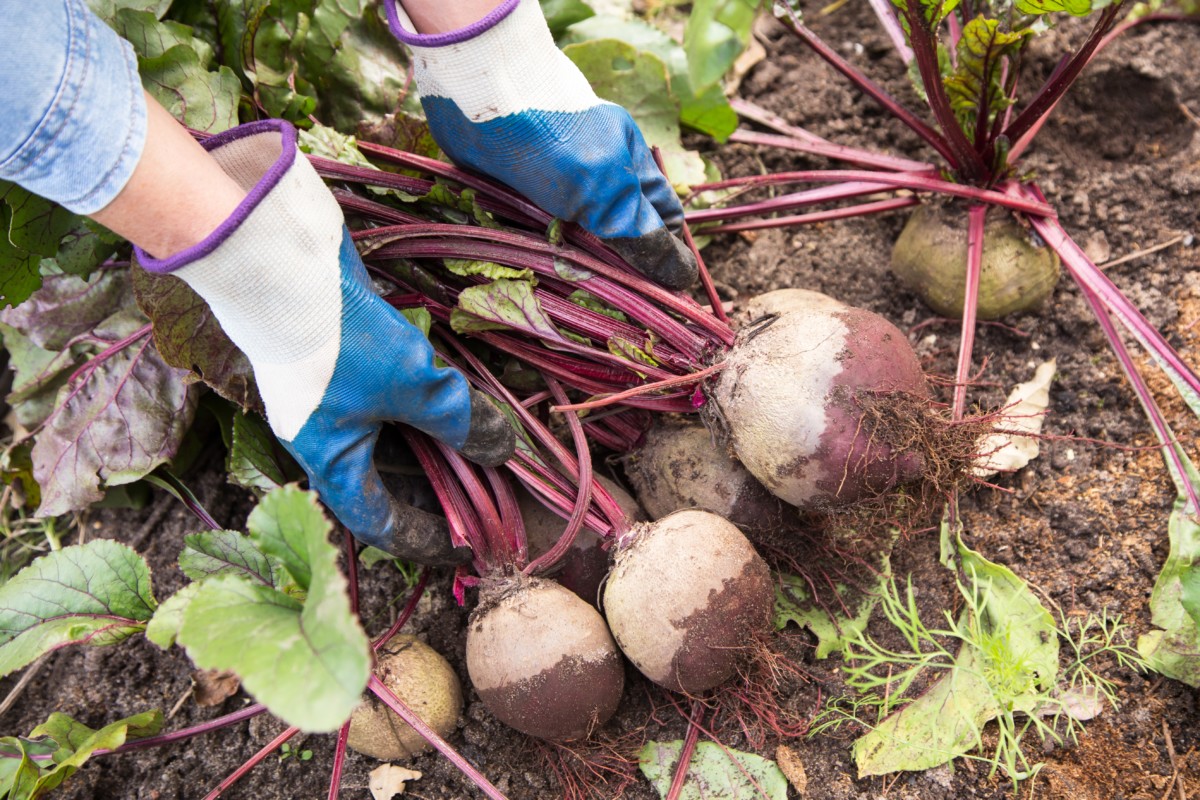
Do you even know the number of meals and preserves you can get out of a bumper crop of beets? Or are you curious to find out?
Before getting your best ever beet crop in the ground, it’s good to keep the following in mind. Gardening is unpredictable from season to season and from crop to crop. One year you are loaded with zucchini, but no tomatoes. The next year you have overflowing buckets of tomatoes, yet no zucchini.
Wait a second, there isn’t a season without zucchini, is there?
You can’t always count on your absolute favorite crops to grow the same every year. There are too many factors outside your control: hail, drought, wind, heat, flooding. Weather happens. And then there are the virtually indestructible beets.
It’s always wise gardening advice to plant the fruits and vegetables you actually enjoy eating – and some that are underappreciated too.
For the sake of diversity, you may also give some consideration to growing other crops for their nutrient content. Beets included – it’s number 4 on the list of the most nutrient-dense veggies to grow in your garden. If you also happen to like them, then it’s all the better for you.

If you’re not (yet) a fan of beets, it’s worth cooking up some different recipes and finding something that you do love. Perhaps a glass of beet wine would set your taste buds straight.
After all, beet greens are among the easiest plants to grow in the garden. It’s not so hard to plant and harvest the taproots either.
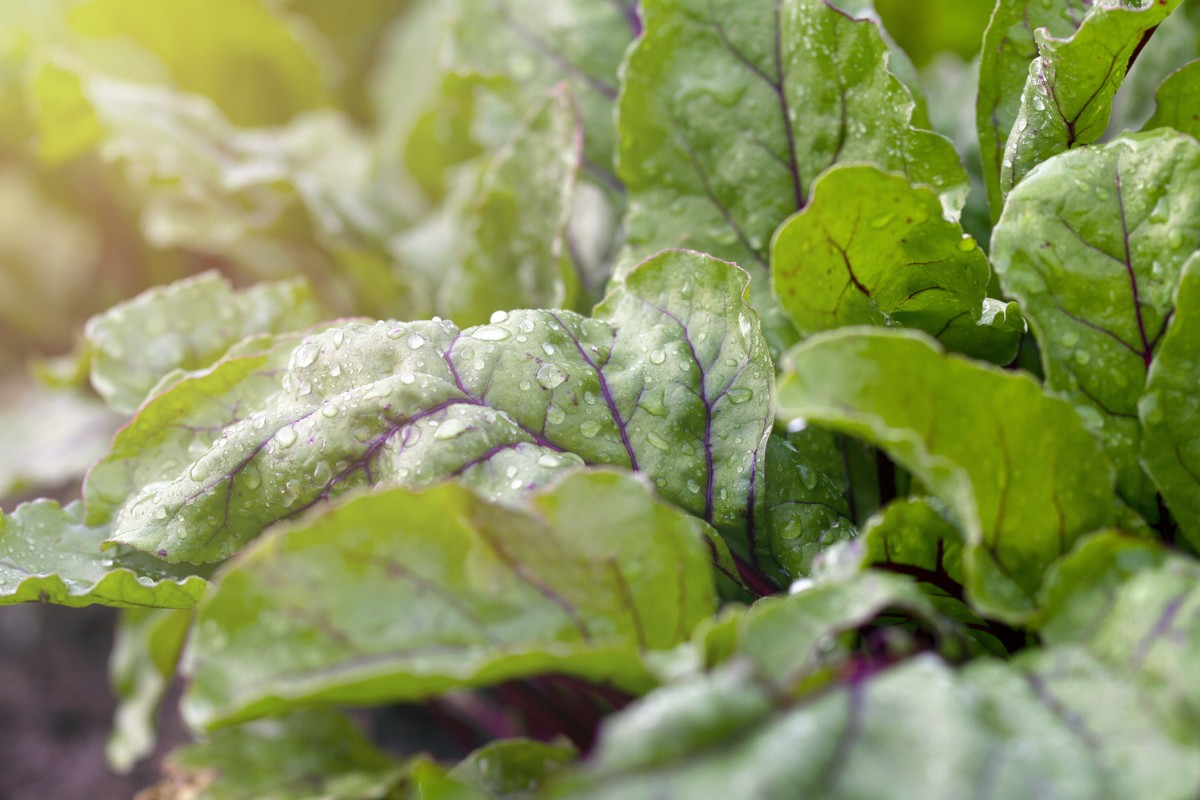
The Not-So-Secret Secrets To Growing Beets
One may think that science is involved in lush, overflowing gardens.
To some extent, this is true, especially in commercial agriculture. But an abundant backyard garden is also fed and watered with love, compost and homemade fertilizers which everyone has access to.
If your grandparents and great-grandparents could grow a bounty of beets, so can you.
Keep reading to discover some of their “secrets”.
How To Grow Your Best Beets Ever
1. Plant beets in the right place.
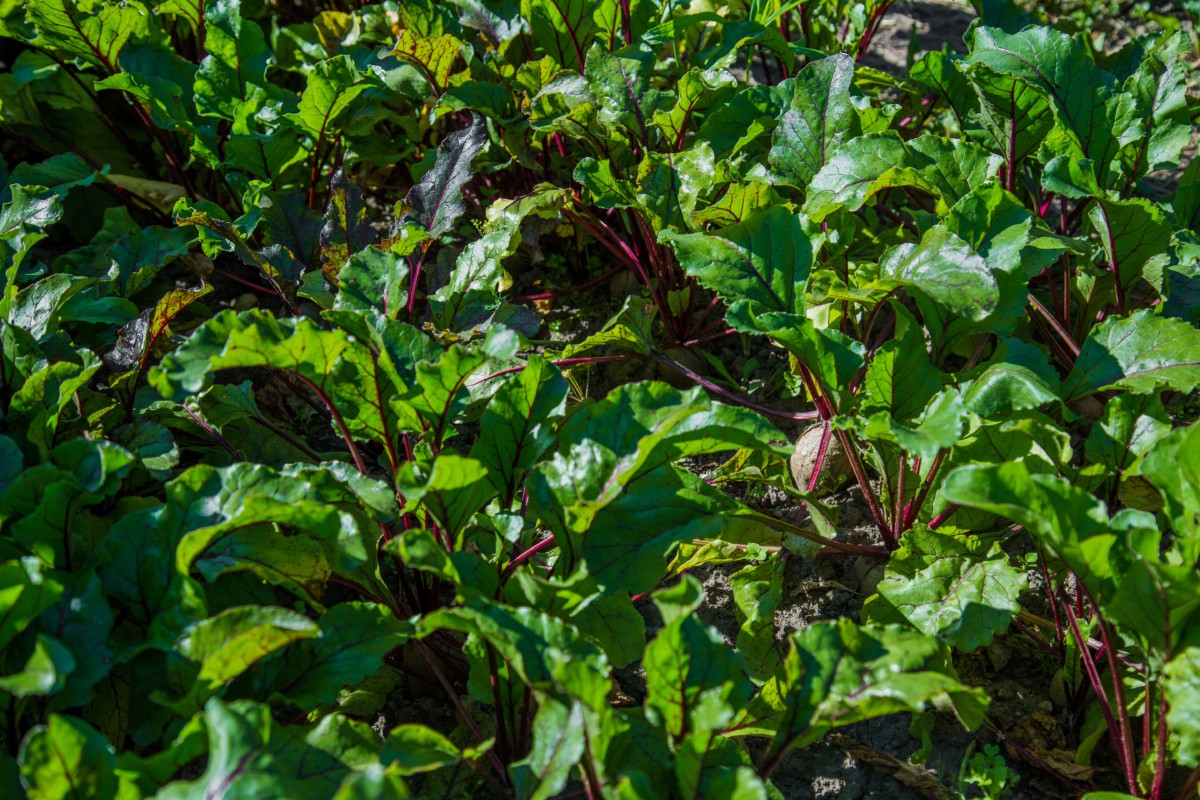
Beets perform their ultimate best in partial shade to full sun. 6-8 hours of sunlight is considered optimal.
However, if you have a much shadier spot for planting, with less than 4 hours of sunlight a day, you can grow beets for their leaves alone.
Once you’ve got the sunlight requirements down, it’s time to dig deeper into the soil.
Beets are partial to well-draining, loose soils. This makes perfect sense, as you want to prevent the taproots from soaking in wet, heavy soils.
If your soil is less than ideal (heavy or shallow), you can opt for smaller varieties of beets, or again, grow the beets for their prolific greens. Beet greens can even be grown in containers – you are never out of luck when it comes to a leafy harvest.
Extra preparation of the soil for beets.
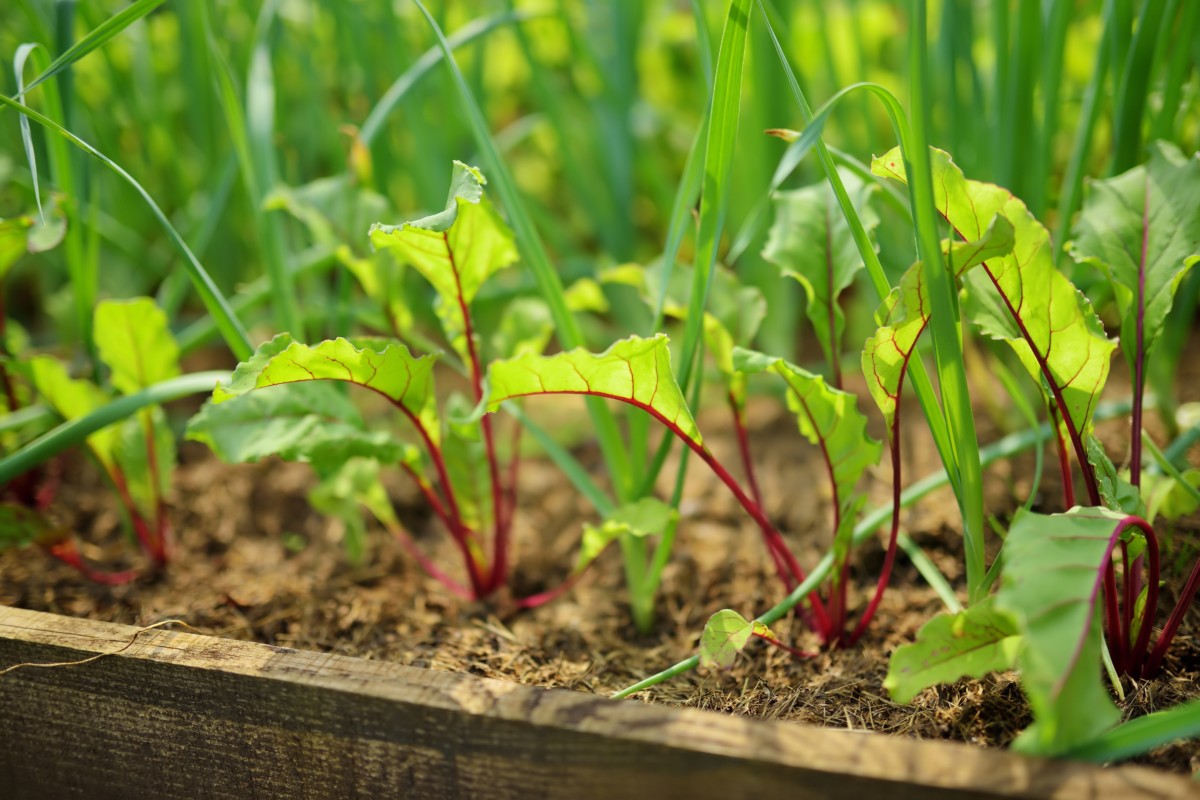
Outside of naturally perfect soil or containers filled with a special potting mix, you can also aim for improving your soil. This works best as a long-term approach. Rather than being a quick solution, it takes multiple years to build up the soil quality.
The steps to improve your soil are a bit complicated, so I’ll let Elizabeth’s article light the way: 15 Practical Ways To Improve Your Garden Soil.
Now that you’ve located the best space for your beets, it’s time to consider when to plant them. Spring or fall? Both?
2. Plant beets at the right time.
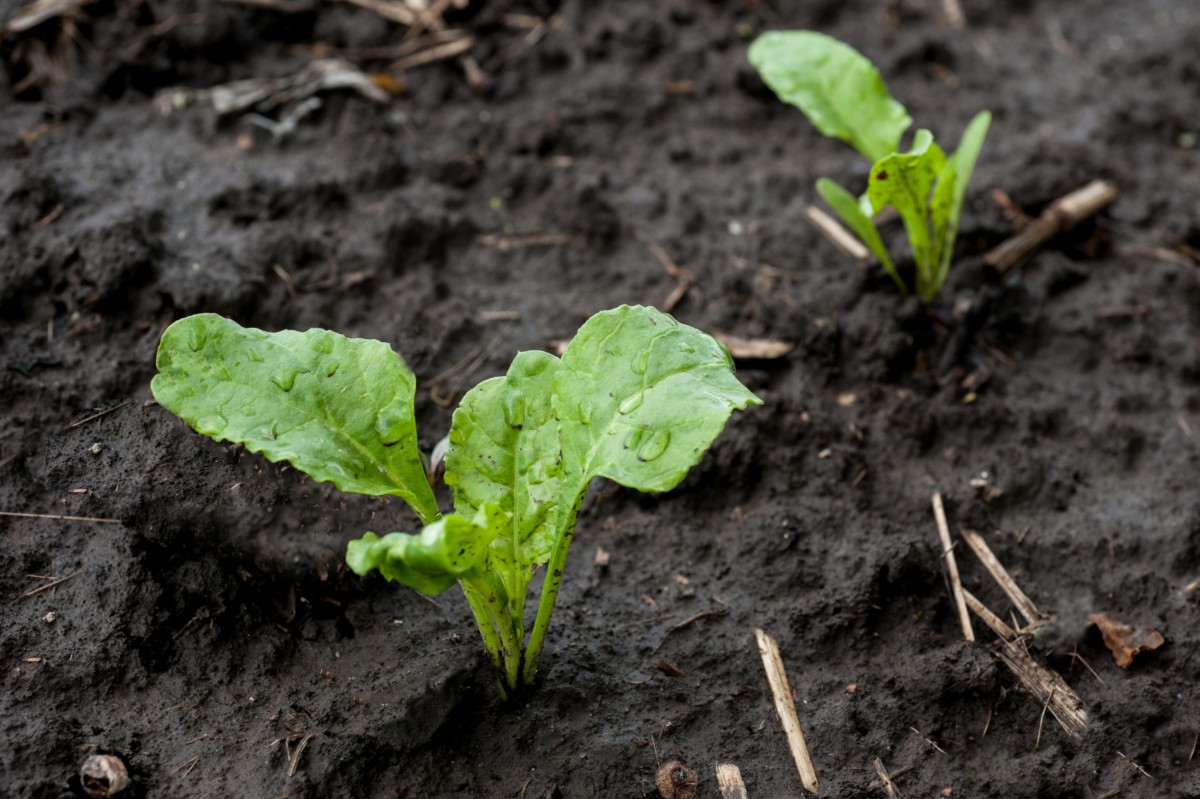
Beets are a cool-season crop, making it an essential gardening job to keep them out of the hottest heat of summer.
Though beets will grow sufficiently well in most climates, their growth is best restricted to cooler months. Fall-planting in the desert is a must.
In general, beets should be planted about one month before the last expected spring frost. At this time, soil temperatures should be nearing 50°F, producing optimal conditions for seed germination.
For a fall harvest of beets, you’ll want to sow your seeds anytime from mid-summer through the earliest of fall – about 4-6 weeks before the first expected fall frost. Late August through October is a good range to shoot for.
Keep in mind that beets are cold-tolerant and take only 45-65 days to reach maturity. Meaning that they also qualify as a potential veggie in your emergency garden.
3. Planting and spacing beets correctly.
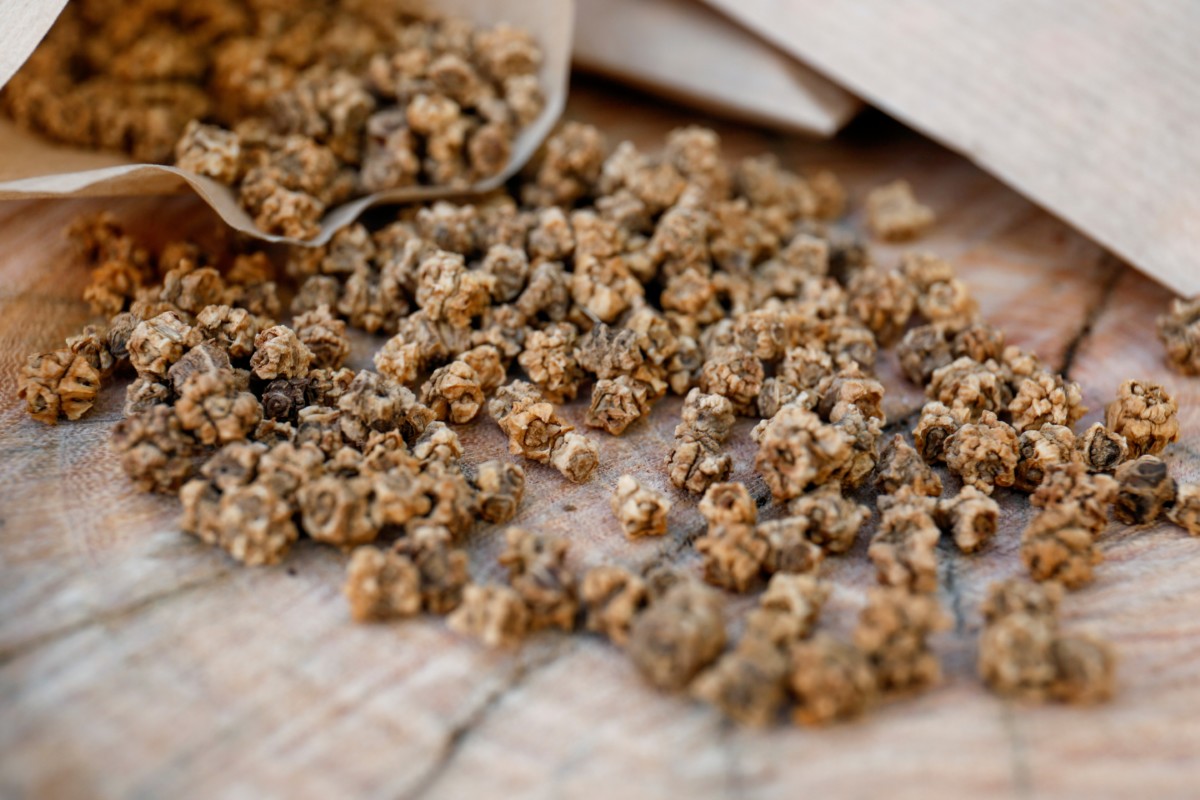
Soaking seeds isn’t a necessity when it comes to planting beets. Though there are times when pre-soaking seeds comes in handy. For instance, when you are unsure of what the weather has in store. (Your chances of seeing speedily emerging sprouts are increased by first soaking beet seeds.)
The next thing you’ll want to do as you place your seeds in the ground is to plant each seed 1/2″ to 1″ deep. Leave a space of 2-4″ between seeds. It’s always better to overplant than to underplant, as you can always pinch out the excess plants later.
The plants you thin out can be used for a little crunch in salads and sandwiches. Or you can carefully transplant them to another part of your garden.
To further optimize your best-ever beet harvest, be sure to sow seeds every few weeks for a continual harvest.
If you are square foot gardening, you can expect to harvest 9 to 16 plants per square, depending on the beet variety.
Spacing beets can be a little tricky.
Especially when you consider that each beet seed can produce anywhere from 2 to 6 plants. Beet seeds are actually clusters of seeds, so while germination may be excellent from a numbers standpoint, thinning your seedlings is crucial. This applies to the harvesting of taproots, as well as for leaves.
4. Practice companion planting for beets.
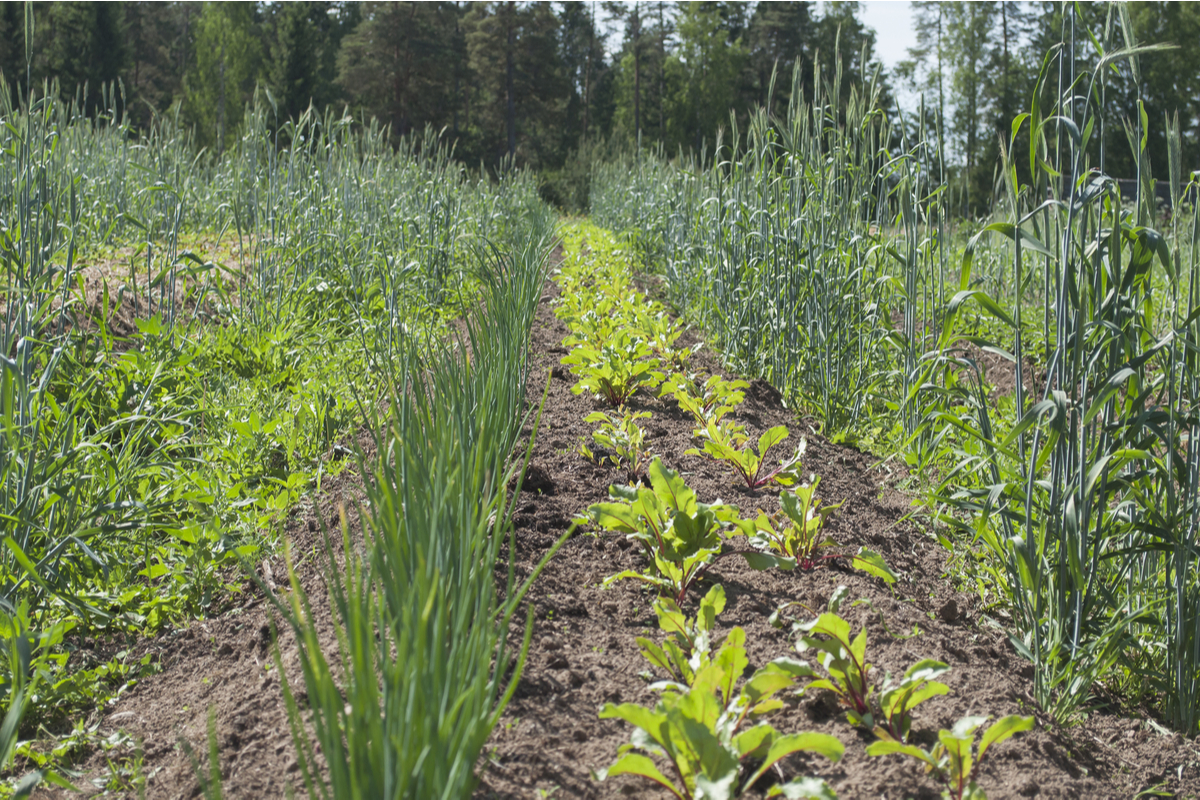
Once you’ve got the location and planting down, next comes the lesser-known secret of companion planting.
If you are familiar with the age-old act of companion planting to attract beneficial insects and add nutrients to the soil, you’ll likely already know what herbs and veggies to plant your beets with:
- bush beans
- Brassicas: broccoli, cabbage, cauliflower, rutabagas and turnips
- garlic
- herbs: hyssop, mint, thyme, rosemary
- lettuce
- onions
- radishes
Three plants to keep away from your beets are pole beans, chard and mustard.
Within the timeless realm of companion planting, you’ll undoubtedly find contradictory advice. All I can say, is to experiment with it yourself, in your own garden, with your own seeds and crop rotations. You may just discover that it is the missing key to your most abundant harvests.
5. Experiment with growing different varieties of beets.
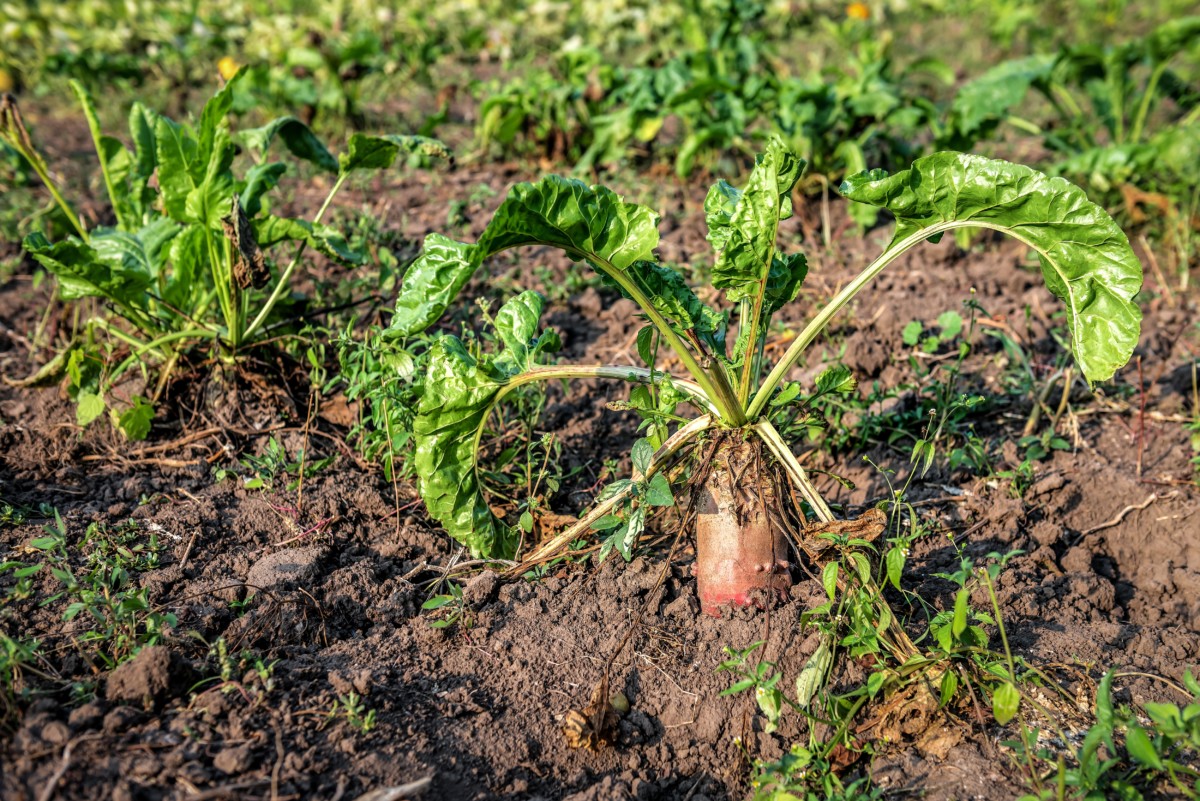
There’s more to the beet world than plain red store-bought beets. And it isn’t a must to stick to what your grandparents grew. Nowadays you have a larger selection of cultivated beets available, so take advantage of it.
There are striped beets, yellow beets, cylindrical beets, white beets and more red beet varieties than you can fit in your garden in one season.
Here are a handful of beet varieties to pay attention to:
Chioggia (Bassano) Beets – are the most fun beets you’ll ever eat. When you slice into them, you’ll instantly see why: their candy cane stripes of dark pink and white say it all. Mild, tender and sweet, the colors remain true when eaten raw. Only 60 days to harvest.
Cylindra – if you are looking for a beet that is suitable for preserving beet pickles, this is a super choice. Roots grow to 8″ long, mostly out of the soil. You can hill this up with soil/hay. Open-pollinated seeds, ready for harvest in 50-70 days.
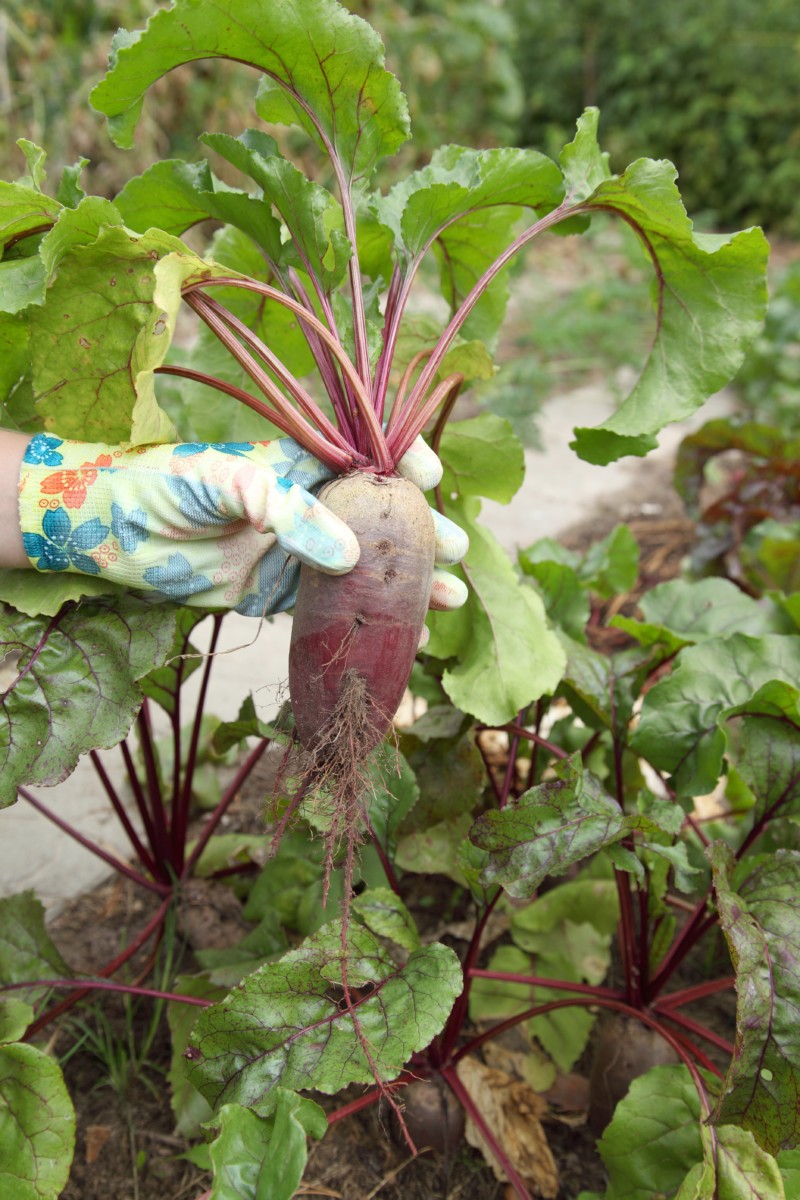
Golden Beet – surprisingly, this particular variety has been around since the 1820s, though you won’t often find it at the supermarket or on a menu. The beets are on the sweeter side and they don’t bleed like the red ones. Perfect for roasting!
Early Wonder – for classic colored and flavored beets that are smaller in size and faster to come to fruition, give Early Wonder a try. It’s also a dual-purpose beet with wonderful leaves as well as a tiny 2-4″ taproot. Ideal for container gardening.
6. Give your beets plenty of attention.
Here is where we get to toss in some random beet care tips:
- beet seeds take about a week to germinate – be patient.
- when seeds are germinating, it’s best to keep the soil continuously moist.
- water-wise, beets prefer about 1″ of rain a week.
- remove any damaged leaves as the plant grows.
- beets can be eaten at any time, they are particularly tender when not more than 1-2″ in diameter.
- beets do not need excess fertilizer once they have formed taproots, in fact, excess nitrogen results in more leaf growth and smaller roots.
- to maximize space in the garden, early lettuce and peas can be followed by a crop of mid-summer planted beets.
- to extend the season into late fall, row covers can be used to prevent the roots from freezing.
Compared to most plants, beets are relatively easy-going. They can even be stored for a month or more after harvest. Beets are generally free of pests and diseases, but one still needs to keep an eye out for leaf-loving insects.
Watch out for leaf miners and other pests.
Leaf miners do exactly as their name suggests: they mine the leaves in search of tasty nutrients.
But that makes it undesirable for you to eat.
The best way to prevent these hungry bugs from taking over your garden is through crop rotation and the use of floating row covers (if and when you notice their presence). They’ll only attack the leaves, not the roots, so you’ll still be able to harvest when a few of them are around.
7. Harvest beets when young and tender.
Don’t wait for a rainy day to eat your beets, or fall into the trap of harvesting them all at once for winter storage.
From the time you start thinning your beets, they are perfectly edible. Did you know you can also grow them as nutritious microgreens?
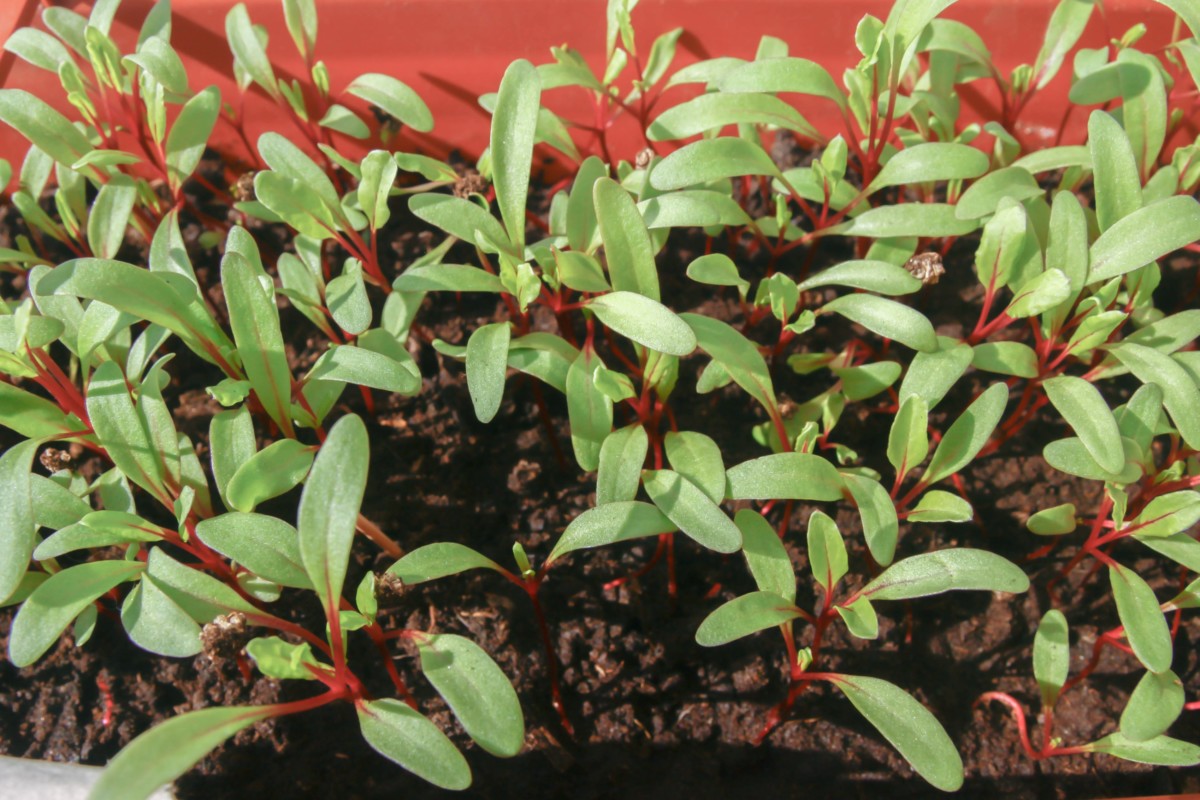
For the most part, beets are ready to harvest when the roots are nearing an inch in diameter. The greens can be plucked here and there at any time.
If left in the ground for too long, they will become woody. So, don’t leave them till the end of the gardening season.
When it does come time to harvest in mass, be sure to leave the root stem intact. This prevents “bleeding” and staining of everything it comes in contact with. Keep an eye on the sky when late autumn arrives, and be sure to harvest your remaining beets before an expected hard frost.
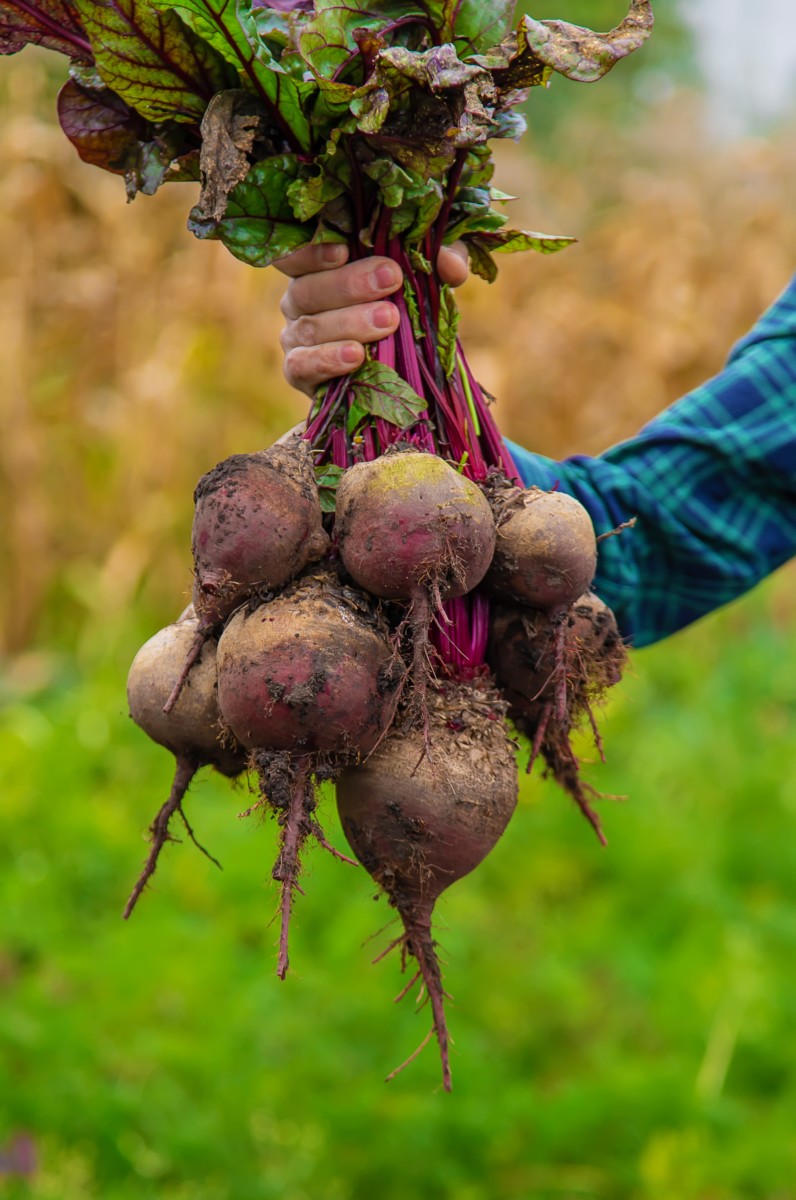
8. Utilize the entire plant.
It can’t be stressed enough – it’s perfectly acceptable to eat your beet greens!
Unfortunately, when you buy beets at the store, the upper greens have already been removed. This makes the crop easier to ship without the tops wilting or getting moldy.
Best of all, when you grow beets in your garden, you can harvest the outer beet leaves as a cut-and-come-again vegetable all season long.
Beet greens can be steamed or sautéed, just as you would use spinach, nettle or Swiss chard.
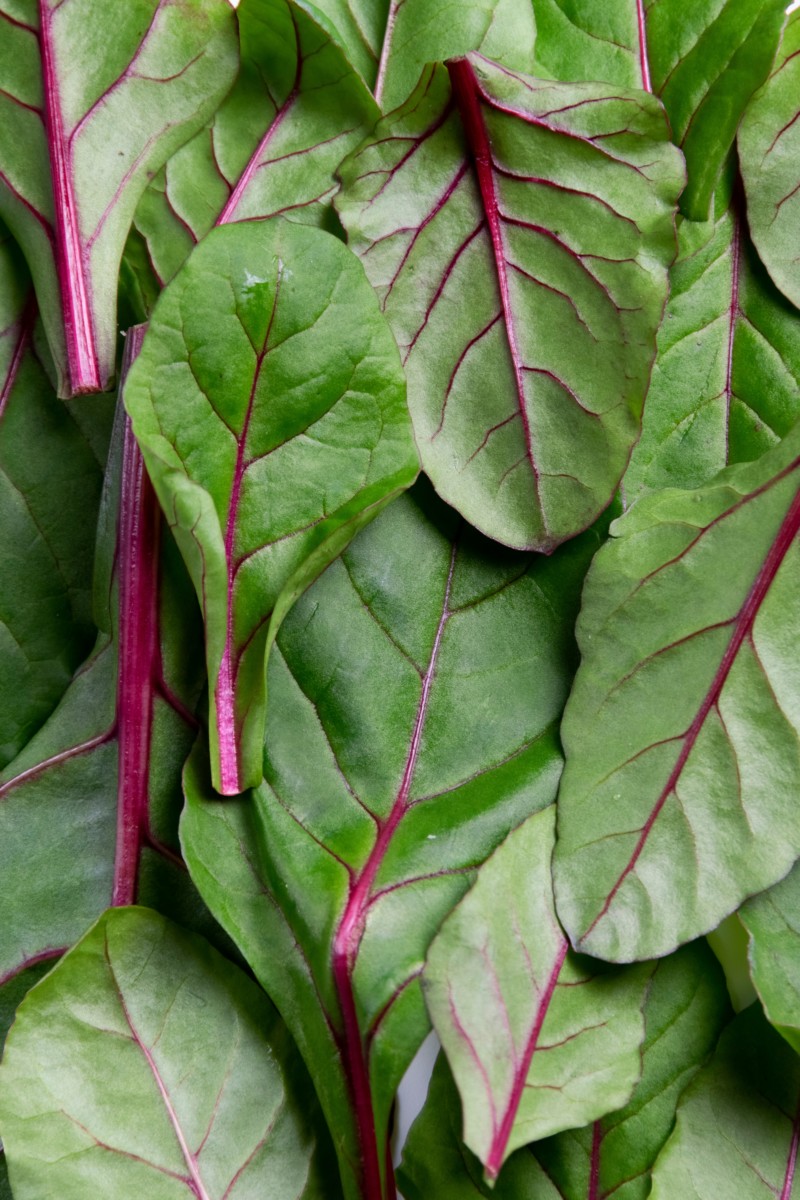
The beetroots themselves can be turned into pickles, delightful fermented beet kvass, roasted, juiced, fried, added to stews, soups and more.
Eat your beets from top to bottom and let nothing go to waste.
To recap, here are a few good reasons you should grow beets in your garden:
- beets are one of the easiest vegetables to grow
- they are nutrient-dense
- beets are hardly ever touched by pests or disease
- they don’t need staking or pruning
- basically, beets grow on their own – and in 6-8 weeks a bowl of spicy borscht is yours for the making.
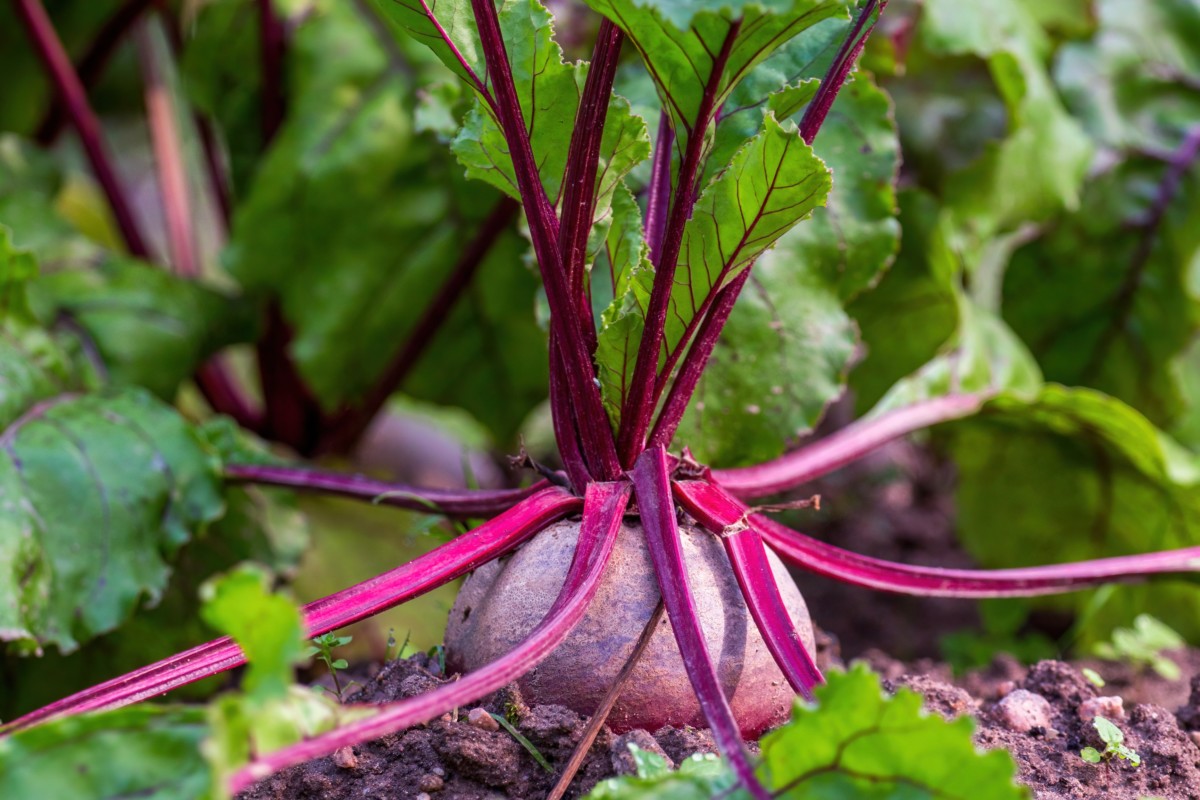
Beetroots and their greens are an excellent source of fiber, antioxidants, vitamins and minerals. At the same time, it is said that they can help regulate blood pressure and improve brain function. Sounds good to me!
Who’s ready to plant another row of beets?

Get the famous Rural Sprout newsletter delivered to your inbox.
Join the 50,000+ gardeners who get timely gardening tutorials, tips and tasks delivered direct to their inbox.

